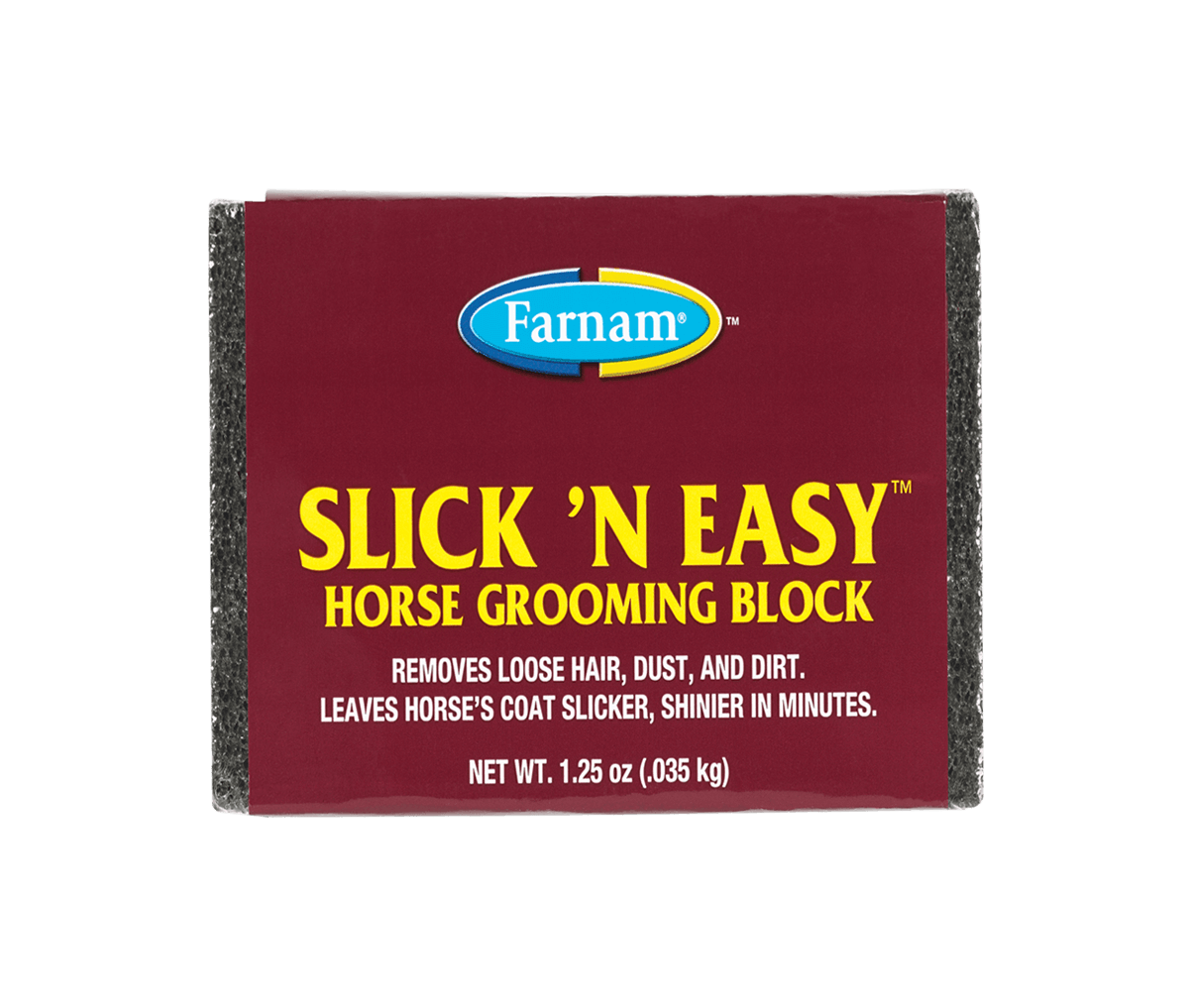Clipping for Success

A hundred years ago when horses were routinely used for work, a horse in winter was expected to have a fuzzy coat. It might take longer to cool him out after working, but that was simply part of a horseman’s duties.
Today, there are more horses in America than ever before and their primary use is recreation and sport – not work. When a winter coat interferes with work or detracts from appearance, out come the clippers. Keeping horses clipped and blanketed—or blanketing to prevent a winter coat from growing in the first place—is common.
Clippers & Trimmers
Some people refer to clippers or trimmers interchangeably, but there are definite differences. For example, if you need to body clip a horse, you would certainly want to use clippers, not trimmers. Clipper motors are much more powerful than trimmers and clipper blades are made of harder metal, which holds an edge longer.
If you plan to body clip your horse, you’ll need large, heavy-duty clippers. These durable clippers tend to have a universal or rotary motor that may be fan-cooled. A screen protects the motor from dirt and hair, but you’ll need to keep this screen clear while clipping, or else the motor can heat up. If the clipper has a “sealed” motor, there will be no screen or vent. Sealed motors are usually considered maintenance-free as they typically require no greasing or oiling of gears.
For trimming, shaping and light to medium duty clipping, vibrating electromagnetic motor clippers are quiet and do a good job. With few moving parts and a basic design, these tend to be the most economical clippers, but they are not intended for heavy use.
Always buy the clipper or trimmer built for the job you need to do. For example, you can’t expect a trimmer to handle a full body clip, and a body clipper isn’t suitable for trimming your horse’s ears and muzzle. For ears, whiskers, bridle paths, fetlocks and general touch-up trimming, you need a small trimmer that can handle small grooves and sensitive areas. These trimmers should be quiet and lightweight; cordless battery-powered trimmers are especially convenient for such jobs.
Clipper Savvy
With proper use and maintenance, a set of clippers can last for many years. People often make mistakes in caring for clippers and blades that can reduce their effectiveness and lifespan. This includes not maintaining clippers by proper cleaning and oiling. To keep them in top running condition, lubricate regularly according to the manufacturer’s instructions.
Clean your clippers every time you use them. This will ensure the life of your clippers and that they will work properly when you need them. Always brush away excess hair from clipping or trimming.
In addition to choosing the right clipper or trimmer, be sure you have the proper blades for the task at hand. Blades are numbered; the higher the number, the closer the cut and the shorter the remaining hair. The lower the number, the longer the remaining hair.
For example, a #10 blade is popular for clipping the entire body, while a #40 blade will cut so close, it is often used to prepare an area for surgical procedures. Some professionals will use a #10 blade to do the face and then finish off with a #30 or #40 for fine trimming the whiskers and bridle path.
To get the most life out of your blades as possible, care for and store them properly. As directed, use a blade wash periodically while clipping to clean the blades and keep them from becoming hot. Thoroughly remove hair, dirt and grime from the blade after every use. Always take blades to a certified dealer to have them sharpened and get them sharpened whenever they begin to dull. Dull blades will deliver a less than quality clip and can also tug on the hair, making clipping uncomfortable for the horse.
Store blades in a blade holder, which contains oil, or you can use a plastic bag with lubricant or a sock sprayed with WD-40.
Follow the recommendations for each particular set of clippers to make them run well and last as long as possible. If indicated, use a cooling spray to keep blades clean and lubricated while clipping and to keep the blade surface cool. If you are using the same set of clippers on different horses, it’s a good idea to use disinfectant on the blades.
Unless warranted as maintenance free, clippers that are used regularly should be cleaned and serviced annually.
Getting Down to Business
The longer the hair and dirtier the horse, the more quickly blades will get dull, so it’s important to start with a clean horse. The cleaner the horse, the better your blades will cut the hair. Groom the horse thoroughly to remove dirt and manure spots. Spraying the coat with a “shine” product will also help. Just be sure the hair is completely dry before you start clipping.
Always schedule clipping when you aren’t in a rush. If you are pressed for time or in a hurry, your horse will pick up on your anxiety and may not want to stand quietly.
When clipping the body, there is no “correct” place to start. Some professionals begin in the shoulders/withers area and work from there. Most horses don’t mind having large areas of the body clipped as much as their faces and legs. Some horses are especially sensitive to the vibration of large clippers on their legs. If this is the case, small clippers are a better choice. Small clippers are also best for doing the face, ears, fetlocks and groin area.
To avoid leaving lines when body clipping, it’s important not to press down hard as you’re clipping. Light-colored horses will show clip lines more readily than darker-coated horses. If you do end up with lines, you can usually get them out by gearing the clippers down to a lower speed and clipping in all directions.
Generally speaking, you should always clip against the hair growth. The exception would be cowlicks. Going over a cowlick in all directions may be necessary to make the hair smooth and even. In cases where a cowlick is especially “swirly,” you may need to go back over it with a smaller set of blades.
As you’re clipping, pay attention to the heat of the blades. If they get too hot, they will be uncomfortable for the horse. A cooling spray or blade wash can help prevent blades from getting too warm during use.
If your clipper has a fan-cooled motor and the clipper feels hot when you’re using it, the screen may be blocked with hair. It’s important to keep this screen clear while clipping, or else the motor can overheat.
Remember to watch your body position at all times in order to stay safe. Some horses are “ticklish” when the groin area is clipped. It can help to hold up one front leg while doing this area. This can help keep the horse from cow kicking to the side because he has to keep his back feet planted to stand. Putting a blindfold over the horse’s eye on the side you’re clipping can help if the horse is antsy or seems inclined to kick.
Make Clipping Easier
- Groom thoroughly so the horse’s coat is clean
- Spray coat with a “shine” conditioner and be sure hair is dry
- Blindfold on the side being clipped if the horse wants to kick
- Use blade wash and/or cooling spray as directed during clipping
- Keep blades sharpened and use a certified/authorized sharpening service
- Lubricate and store blades properly
- Clean clippers every time you use them
WD-40 is a registered trademark of WD-40 Manufacturing Company.
Life with Horses Newsletter
Sign up now to stay connected with free helpful horse care tips, product updates, and special offers.



